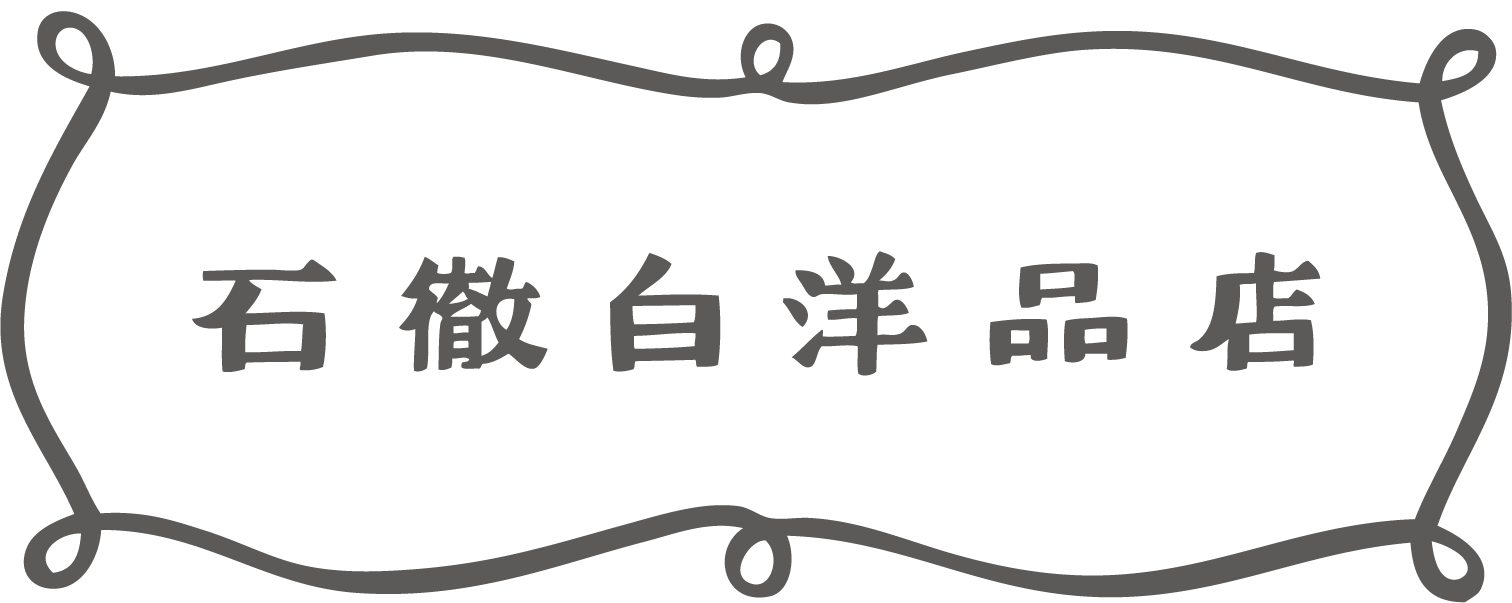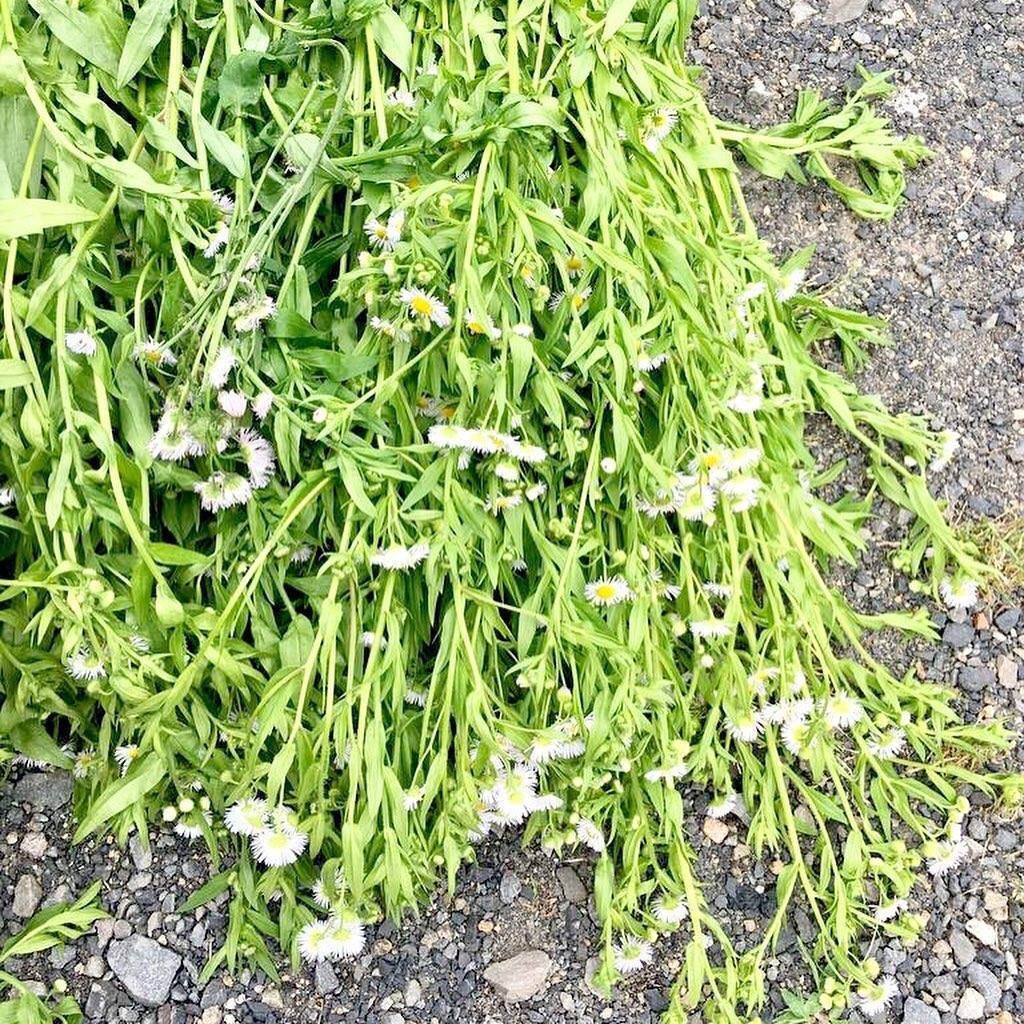Our manufacturing begins with sourcing fabric woven domestically.
Unfortunately, it is currently difficult to produce raw wool and yarn domestically, but our policy is to use Japanese sources for spinning and weaving as much as possible.
The other day, I visited Shiga Asa Kogyo, where I purchase my hemp, and took a tour of the factory.
It is a high-quality fabric that is medium-weight and firm, yet soft and not itchy, and has a beautiful luster unique to linen. It is made with great care right up to the final process.
Of course, the quality of the material itself determines the quality of the fabric, but I think it also depends on how carefully each step is handled. (By the way, the linen material is apparently sourced from France.)
Every factory in Japan that I have visited so far has been very careful and made with pride.
Each process affects the final result of the fabric.
That's why, as the person in charge of the next planning, design, and sewing, I want to approach it in the same way, without compromise.
Shiga Prefecture, where the Shiga Hemp Industry is located, is also a production area of Omi Jyofu, a type of hemp weaving, and we visited the Omi Jyofu Traditional Industry Hall to learn about its history.
Hemp was used primarily in Itoshiro, where we live (although it has not been grown since cultivation was banned by GHQ after the war), and we still have a type of thread (fabric) called "sakkuri" that was made by mixing hemp waste with ramie.
I had heard this story from elderly people and had seen it in person, but it was the first time I had seen how the ramie was made into thread, so I was thrilled!
(We will make thread from this stem.)
Seeing is believing...
I really thought that was true.
I was surprised and grateful to find that there was a place where I could see the manufacturing process that was once so commonplace.
They also hold workshops where you can spin thread from plants and weave it, so if you're interested, please contact us. I think it will be a truly valuable experience!
I would like to visit these manufacturing sites in Japan and share my experiences, and I have renewed my resolve that I do not want to compromise on domestic clothing production, so that these wonderful factories can continue to operate in the future.
By the way, we would like to introduce some of the tatami mats we make using fabrics that we purchase from here.
Since it is made of linen, it is smooth and wicks away sweat, making it comfortable to wear during the upcoming hot season.
Please enjoy using "TATSUKE", which is an accumulation of Japanese manufacturing technology.









